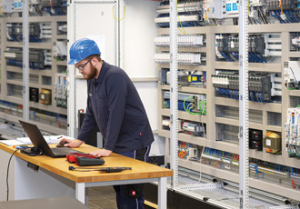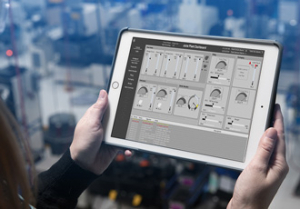Green engineering for the commercial vehicle sector

The coronavirus pandemic has led the single biggest fall in heat-trapping emissions in the history of humankind, according to a study in Australia. Now is the time to make the investments to lock in the benefits of this change. Here, Roger Brereton, Head of Sales at Pailton Engineering, explains how vehicle manufacturers can achieve more with less, by using parts engineered for optimal energy use.
The commercial vehicle sector contributes 33% of the emissions that are created by road transport. There are various initiatives to develop ultra-low emission trucks and ongoing debates about different fuel types, from electric batteries to hydrogen fuel cells. To really cut emissions, every little counts.
Achieving optimum energy use involves a complex web of interrelated factors. Mechanics, load, road surface and weather all affect a vehicle’s fuel consumption. Some of these factors fall beyond the control of manufacturers but with expert engineering, the industry could squeeze out greater and greater reductions in emissions.
In recent years, we’ve seen more aerodynamic trailers take over our roads as an alternative to the traditional HGV box shape. In fact, a landmark study by Ricardo in 2009 found a 23%reduction in CO2 emissions, for vehicles using an optimised teardrop trailer shape, and since then, other manufacturers have been quick to follow suit to improve fuel-efficiency.
Advanced materials and techniques are also being explored to reduce the unladen weight of trailers. Lighter trailers will minimise the energy needed to move the vehicle, thus leading to a more fuel-efficient fleet.
In addition to developments in trailer design, truck components are increasingly becoming more compact. Weight savings through expert material choice and efficient design enable the production of the greenest vehicles on the market. But vehicle manufactures need to know who to turn to.
Flexible-design steering engineers allow for small but substantial changes to be made to a vehicle design, which may veer from the standard catalogue parts available to vehicle manufacturers. These small changes could reduce steering effort, improve agility or reduce the weight of a part, allowing improved fuel-efficiency and carbon-saving potential.
For example, sealed sliding steering shafts can be manufactured using specialist polymer bushes that reduce friction, meaning additional lubrication isn’t needed. This reduction of friction within the steering system results in a smoother driving experience, and less wasted energy.
It is also important to consider the environmental impact of the entire component sourcing supply chain, and not just the end vehicle. For example, purchasing all steering components from one system supplier is an effective way of reducing the carbon emissions of transporting parts from multiple suppliers.
If the commercial vehicle sector is to achieve the goal of substantially cutting emissions, it will need more than an alternative fuel type. Success will arrive from the cumulative result of expertly engineered components, all contributing to a more fuel-efficient generation of vehicles. Only that way can the reduced emissions we have recently seen become a structural change.
Similar articles
More from Pailton Engineering Ltd.
- How to manufacture better universal joints 2nd December 2020
- Green engineering for the commercial vehicle sector 28th August 2020
- Let's debunk the myths surrounding women in engineering 18th June 2018
- Bevel box design is a step up with upgraded sealing capabilities 27th April 2017




 technology at Jacobs Vehicle Systems.JPG)







Write a comment
No comments